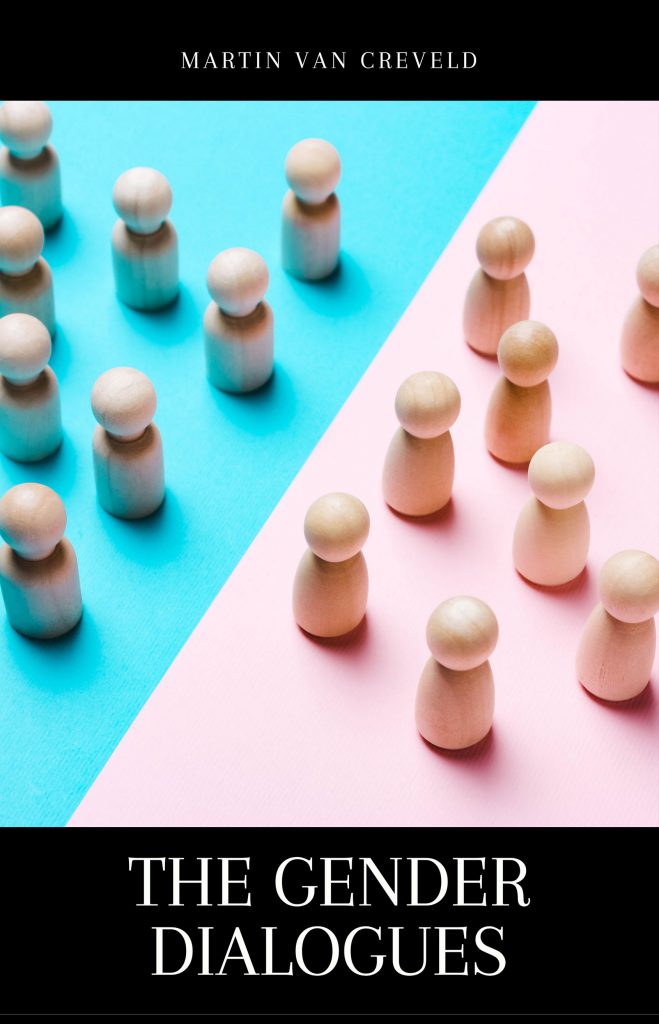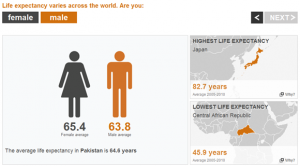 It seems just a few years have passed since the best-selling Harvard psychologist Steven Pinker published two extraordinarily optimistic works, The Better Angels of Our Nature; Why Violence Has Declined (2011) and Enlightenment Now (2018). As the author says, his intention was to show that humanity is marching towards, if not perfection, at any rate a greatly improved existence. Depending on the geographical location and the country in question, fewer wars and fewer people who lose their lives in them. Less crime and less violence. Fewer perinatal deaths among women and infants. Greater control over nature. Better healthcare. Diseases that, once considered incurable, have since been eradicated or are on their way to being so. Growing life expectancy (some visionaries have claimed that the first immortals, people destined to live forever or at least to age 200, are already walking among us). Greatly expanded economic production which, along with developing technology, is pointing towards the eradication of poverty and a future in which everyone, if not rich, will at any rate have enough to eat. More democracy, more justice, more human rights. More and often better education; less superstition, more science. Less slavery, more mobility and more travel. More opportunities. An improved social order that is steadily making the lives of billions brighter, happier, more enjoyable.
It seems just a few years have passed since the best-selling Harvard psychologist Steven Pinker published two extraordinarily optimistic works, The Better Angels of Our Nature; Why Violence Has Declined (2011) and Enlightenment Now (2018). As the author says, his intention was to show that humanity is marching towards, if not perfection, at any rate a greatly improved existence. Depending on the geographical location and the country in question, fewer wars and fewer people who lose their lives in them. Less crime and less violence. Fewer perinatal deaths among women and infants. Greater control over nature. Better healthcare. Diseases that, once considered incurable, have since been eradicated or are on their way to being so. Growing life expectancy (some visionaries have claimed that the first immortals, people destined to live forever or at least to age 200, are already walking among us). Greatly expanded economic production which, along with developing technology, is pointing towards the eradication of poverty and a future in which everyone, if not rich, will at any rate have enough to eat. More democracy, more justice, more human rights. More and often better education; less superstition, more science. Less slavery, more mobility and more travel. More opportunities. An improved social order that is steadily making the lives of billions brighter, happier, more enjoyable.
Says Hegel—I take it for granted that anyone who reads this blog will know who he was, so no need to explain—that Minerva’s owl only spreads its wings at dusk. Meaning, the very fact that more and more people have come to believe in something—progress, say, or democracy, or socialism, or the widespread existence of a “rape culture”–is itself part cause, part outcome, of the collapse of that “something.” Why? Because history, unlike the natural world, moves neither in cycles nor in a straight line but in an unending process of action-reaction. An idea–for Hegel, an idealist, it is always the idea that comes first–is born. It spreads. Spreading, it gives rise to opposition (as any idea necessarily does; no opposition, no idea). The two, the idea and the opposition to it, interact. They study each other, learn from each other, wrestle and merge. Until a new idea is born out of both its parents’ bodies, enabling the process to continue, All this takes place all the time, at every level, moving us ever forward towards what Hegel regards as the final goal. Meaning, a world in which a single idea—that of freedom—dominates and all contradictions are resolved.
To repeat, only a few years have passed since Pinker took up the cudgels for progress. In those years, what a reaction! Too many people on this crowded earth of us. Global warming causing sea levels to rise and glaciers to melt. Storms that alternate with droughts. Wherever we look, spreading pollution: on land, at sea, even in outer space. Restrictions on tourism, only recently declared to be the greatest industry on earth but now increasingly seen as a threat to the environment. In some places—not always the least-developed ones–life expectancy has begun to decline. Corona, counting its victims in the millions, remains a threat as some other emergent diseases may also do.
More money is being spent on the military than ever before. War, large scale war, has broken out in Europe and may be about to break out in East Asia as well (e.g. between China and Taiwan). Depression is spreading, as is the use of all kinds of dubious drugs supposed to combat it. A growing volume of seemingly random violence in which innocent people, schoolchildren included, are killed. Vast and growing socio-economic gaps between people, classes and countries. In many countries, democracy is turning questionable and authoritarianism is raising its ugly head. Even within that model of humanitarian perfection, the EU, some members are not immune.
To continue the list, the value of much non-professional higher education is being questioned. Contact between people belonging to different religions and cultures, rather than teaching toleration and mutual respect, often gives rise to more hatred and greater fanaticism. Police states using technological progress—the kind which, Edward Snowden tells us, he and so many others originally welcomed as an instrument of liberation—to spy on everyone all the time. The beginning of a reaction to wokeness that may very well put an end to whatever progress—if, indeed, it is progress–has been achieved in this direction and spread.
Two centuries after Schiller wrote, and Beethoven set to music, the idea that “all people are becoming brothers” there is even a movement, or at least the beginning of a movement, made up of scientists and scholars who believe that we are at a critical turning point. Meaning that, following some two and a half centuries of visible and sustained progress, that progress has now peaked and is about to go into reverse.
Which view is correct? As several entries in this blog testify, when considering the future it is always useful to consult George Orwell. Here is what, shortly before his death in 1950, he had to say about the matter:
The world of [1984] is a bare, hungry, dilapidated place compared with the world that existed before 1914, and still more so if compared with the imaginary future to which the people of that period looked forward. In the early twentieth century, the vision of a future society unbelievably rich, leisured, orderly, and efficient — a glittering antiseptic world of glass and steel and snow-white concrete — was part of the consciousness of nearly every literate person. Science and technology were developing at a prodigious speed, and it seemed natural to assume that they would go on developing. This failed to happen, partly because of the impoverishment caused by a long series of wars and revolutions, partly because scientific and technical progress depended on the empirical habit of thought, which could not survive in a strictly regimented society. As a whole the world is more primitive today than it was fifty years ago.
Is this the direction in which we are moving?





